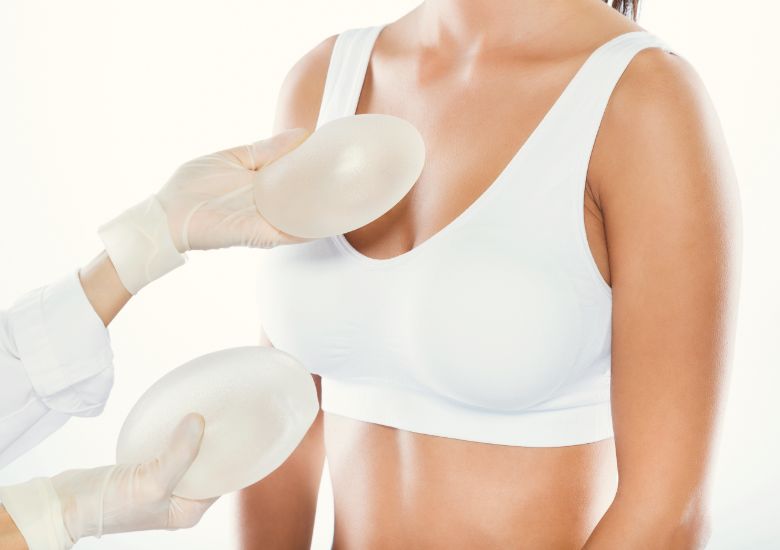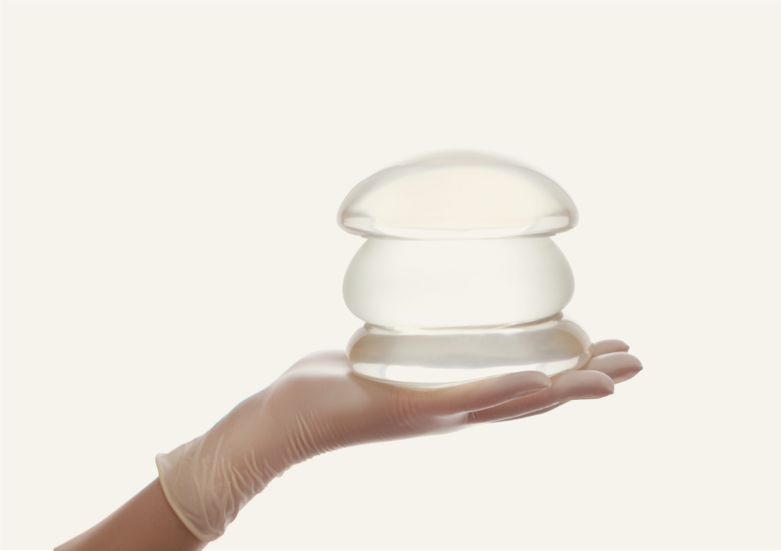Breast Augmentation
INTRODUCTION TO
Breast Augmentation
Breast augmentation sometimes referred to as a mammoplasty, enlarges breasts by using breast implants or fat transfer. This procedure can also restore lost
breast volume from pregnancies or weight loss, correct natural breast size asymmetry, and provide breasts with a more rounded shape. It constitutes the world’s most popular and frequently requested plastic surgery.
It should be mentioned that drooping breasts cannot be fixed by breast augmentation. An alternative would be to perform a breast lift as a separate operation. The surgeon will determine whether the treatment can be performed concurrently with the mammoplasty or separately, depending on the patient.
Breast augmentation is an incredibly popular procedure, and women across
the world choose to have it for a variety of reasons:
- To alter the appearance of the breasts, if they are deemed to be too small
- To account for a decrease in breast size after pregnancy or significant weight loss.
- To fix any irregularities or problems with your breasts after having them operated on for another condition.
- To improve confidence and self-esteem
- To alter the symmetry of the breasts, if one is smaller than the other
- For reconstruction, after breast removal surgery due to mastectomy


Consultation
During the initial visit, your surgeon will take note of your medical history (allergies, medications taken, previous operations), evaluate your general health and perform some examinations and a blood test, in order to ensure that you are a good candidate for the surgery, and inquire about your aesthetic goals. Your height and weight will also be taken into consideration.
Measurements of the breasts will be taken, and you will be presented with an array of options concerning the final breast size and type of implants to choose from.The doctor, who will answer all your questions about the procedure, your options, and the recovery., will also recommend the best size and implant type according to your patient profile. Our aim for you is to finish your consultation feeling informed on every aspect of the process, and your options, and feeling confident and ready for your operation.
Implant Types
You are free to choose between the two main types of implants available:
SILICONE IMPLANTS: The shells of these implants are filled with a plastic gel (silicone). They are less likely to wrinkle or ripple than saline and provide the most natural feel.
SALINE IMPLANTS: Saline-filled implants have sterile salt water inside silicone casings (saline). Some are already filled, while others are filled as the implant is placed.


Procedure
The surgery is performed under general anesthesia and lasts 1 to 2 hours. No food or drink should be consumed 4-6 hours preceding it. The doctor will examine your skin and nipples and then mark the area on your skin where the cuts will be made.
There are several methods for implant placement, including:
- The most typical procedure, during which the doctor creates an incision in the natural skin fold on the bottom of your breast. Through this incision, the surgeon inserts the implant. If you are young, slender, and do not have children, your scar can be a little more noticeable.
- The implant may be placed through a cut under your arm. An endoscope may be used by the surgeon to carry out this procedure. This device has a camera and
- medical equipment at the end. The cut is used to insert the endoscope. Your breast will not have any scars afterward. However, you can have a scar that is visible on the bottom of your arm.
- Your areola’s edge will be cut by the surgeon. This is the dark region that surrounds your nipple. Through this incision, the implant is inserted. With this approach, you may experience increased issues during nursing and nipple numbness.
- You can have an incision made close to your navel to insert a saline implant. The implant is elevated to the breast region using an endoscope. Once it is in place, the implant is then filled with saline.
Once the implants are placed, the incisions will be carefully stitched up by the surgeon using dissolvable sutures, and the patient will be given a post-surgery recovery garment.
Recovery
Pain-relieving medication will be prescribed to you, and you will be required to wear a specialized garment, for however long your doctor seems suitable. For the first two to seven days, chest stiffness and pain are to be expected. Over the course of three to four weeks, these adverse effects, along with some swelling and bruising, will go away.
During this period, you should not exercise, or lift weights, and should refrain from smoking and drinking alcohol, while maintaining a balanced diet. Detailed aftercare instructions and recovery timeframes will be of course provided by our experienced healthcare provider, as every case differs.
Risks
You must carefully consider the risks and potential consequences of breast augmentation against the potential benefits of reaching your goals before deciding whether to have plastic surgery.
As with any surgery, some complications might arise, although our surgeon’s vast experience has permitted them to minimize them. These include:
- Asymmetric results
- Implant rupture
- Bleeding
- Scarring
- Infection
- Poor wound healing
- Skin discoloration
- Nerve damage
WE ARE HERE TO HELP YOU
Do you have any questions?
Let our medical experts answer all your inquiries and offer the solution that best fits your cosmetic needs.


